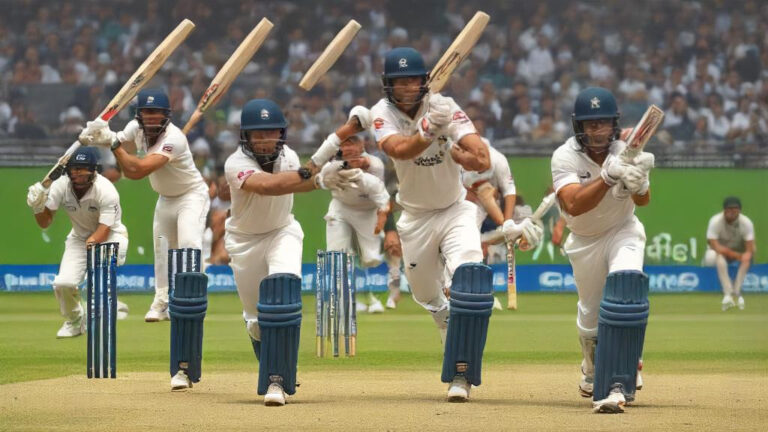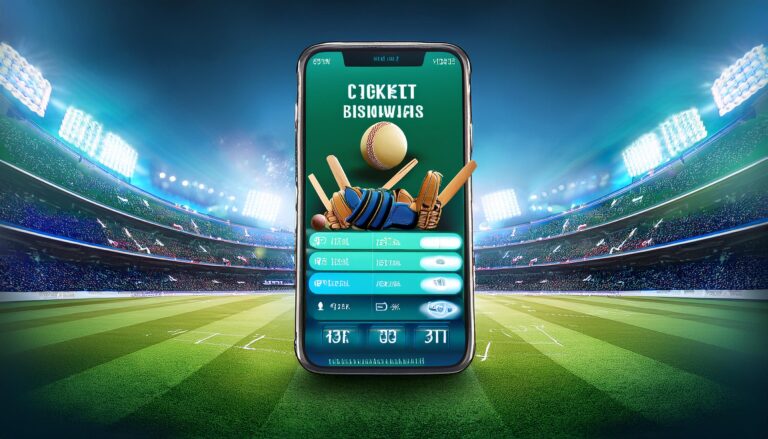Shark Tank’s Anupam Mittal on IPL Innovations: Replacing Bowlers with Machines
In an unexpected twist in cricket commentary, Shark Tank’s entrepreneur Anupam Mittal recently suggested that high-scoring IPL matches might benefit from an unusual change in tactics: replacing traditional bowlers with machines. This radical idea, reminiscent of the innovative suggestions found in the Reddy Anna Book, has sparked debates among cricket fans, analysts, and tech enthusiasts alike. Mittal’s proposition challenges the status quo and pushes the boundaries of how technology can influence the beloved game of cricket, especially in an era where every run is scrutinized and every decision can lead to massive shifts in game dynamics.
The Vision Behind the Idea
At the heart of Mittal’s statement is a desire to integrate cutting-edge technology into one of India’s most cherished sports. He argues that by employing machines to bowl, the game could become even more unpredictable and exciting. With the evolution of data analytics and mechanical precision, machines could potentially deliver consistent performance by eliminating human errors such as fatigue or emotional influence. This perspective is not just a flight of fancy but rather an exploration of how automation might revolutionize even the most traditional of games.
The idea draws parallels with innovative practices from various sectors. In manufacturing, for instance, automation has steadily replaced manual labor to enhance precision and productivity. Similarly, in cricket, where marginal gains are crucial, the suggestion is to use technology to refine and perhaps even redefine how the sport is played. The incorporation of machines could offer a level of consistency that is hard to achieve with human bowlers, especially during high-pressure moments in the game. Proponents of this idea see it as an opportunity to merge traditional sporting values with modern technology, pushing cricket into a new era of performance and entertainment.
Impact on IPL and Cricket
The IPL, known for its high-octane matches and record-breaking scores, might seem like the perfect platform for such a technological revolution. Over the years, the league has become synonymous with innovation—both on and off the field. Introducing machines as bowlers could add a unique twist to the format, potentially changing the way teams strategize. Some experts argue that this shift could lower the variability in bowling performance, leading to consistently high-scoring matches that keep audiences glued to their screens.
However, there is a balance to be struck. Cricket is a sport deeply rooted in human skill, passion, and the unpredictability of live performance. Critics of Mittal’s proposal point out that removing the human element from bowling could detract from the spirit of the game. They argue that part of what makes cricket special is the duel between bowler and batsman—a contest of wits, technique, and endurance. Replacing bowlers with machines might eliminate these nuances, reducing the game to a series of automated sequences rather than a vibrant contest of human abilities.
Moreover, the introduction of machines raises questions about the future role of cricket professionals. While technology might increase efficiency, it could also lead to a diminished role for traditional players, potentially impacting the career trajectories of budding bowlers. Balancing innovation with tradition is a critical challenge. As IPL teams continue to evolve and experiment with new strategies, stakeholders must consider how to integrate technology without compromising the game’s core values.
Technological Integration in Cricket
The integration of machine learning, robotics, and sensor technology in sports is not new, but its application in cricket could be revolutionary. By using advanced sensors, machines could analyze pitch conditions, ball dynamics, and even weather patterns to optimize every delivery. This level of precision might lead to more strategic gameplay, where the focus shifts from the unpredictability of human error to calculated, data-driven decisions. The idea is to create an environment where technology complements the sport rather than overtaking it entirely, ensuring that innovation serves to enhance the spectacle for both players and fans.
Fan Reactions and Cultural Shifts
As with any radical change in a traditional sport, the reaction from the fan base is mixed. Some ardent cricket supporters celebrate the idea as a natural progression in a rapidly evolving sports landscape. They see the potential for higher scores and more thrilling matches as a sign of progress, much like other sports that have embraced technology for performance enhancement. On the other hand, purists argue that the charm of cricket lies in its imperfections—the unpredictable bounce, the swing under pressure, and the human error that often makes the game more relatable and exciting.
The cultural impact of such a shift cannot be underestimated. Cricket in India is more than just a sport; it is a part of the national identity. Integrating machines into the game might create a divide between innovation enthusiasts and traditionalists. The debate, however, is a healthy one. It forces the cricketing community to confront the challenges of modernization while respecting the sport’s storied past. Discussions around such topics often echo the conversations found in the Reddy Anna Book, where new ideas are presented in a context that respects tradition yet pushes for progress.
The Future Landscape of the Sport
Looking ahead, the conversation sparked by Anupam Mittal’s suggestion is likely to influence not only IPL strategies but also the broader landscape of cricket. The question remains: can technology be integrated in a way that enriches the game without compromising its soul? Future innovations may find a middle ground—a hybrid model where technology assists human performance rather than replacing it entirely. For instance, machines might be used in training sessions to analyze bowling techniques or in real-time analytics to provide coaches with insights during matches, all while keeping the human element on the field.
Ultimately, whether or not machines become a fixture in cricket bowling, Mittal’s provocative idea has already set the stage for further discussion. It challenges stakeholders to rethink the balance between technology and tradition, ensuring that cricket continues to evolve while preserving the passion and unpredictability that fans cherish. As the debate unfolds, one thing remains clear: innovation, when guided by respect for the sport’s legacy, has the potential to redefine the future of cricket in extraordinary ways.
Our partners: Mahadev Book ID






